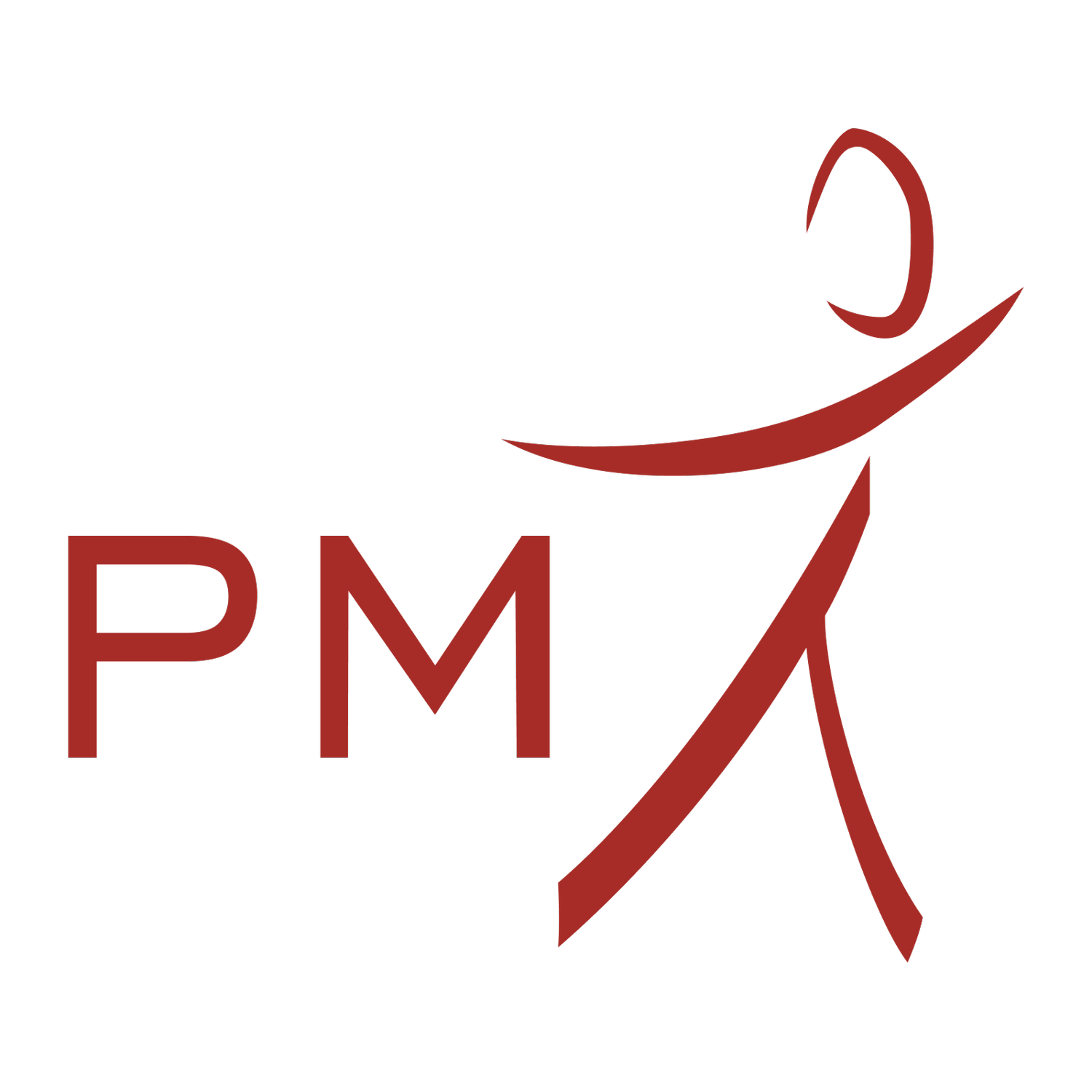Hamstring & Groin Injuries
Hamstring & Groin Muscles
Pain and tightness in the hamstring and groin muscle (muscles at the back and inside aspect of your upper thigh respectively) are common complaints particularly in a sporting population.
It ranges from chronic overuse and tightness in runners to acute strains in more dynamic sports such as football especially whilst kicking a ball, deep lunges required in hockey, rugby or netball.
To enable peak performance, whether at amateur or elite level, understanding the mechanism of injury and how it can be treated will allow you to return to optimal health.
Anatomy of the Hamstrings & Groin Muscles
The hamstring muscles are made up of three muscles (semimembranosus, semitendinosus and biceps femoris) that originate from your ischial tuberosity (base of your pelvic bone) extending down the back of your thigh and attach to the tibia and fibula (lower leg bones). Their action is to bend the knee and extend the hip.
The hip adductor muscles that make up the groin consist of the adductor brevis, adductor longus, adductor magnus, gracilis, and pectineus.
These groin muscles adduct the thigh (bring the femur and knee closer to the midline). The groin muscles are often injured with activities requiring cutting motions (side to side) or when kicking a ball.
Three grades of injuries:
Grade I
Less than 10% of the muscle bulk (muscle fibres) are torn
Cramping, tightening and / or sharp pain in the muscle during or after activity
Mild pain and tenderness at the site of injury
Minimal loss of strength and range of movement
Recovery time approximately 2 weeks, but full tissue healing will take 6 weeks.
Grade II
Pain at the site of the tear at the time of injury and subsequently during normal daily activities such as walking and during sport.
Sporting capabilities will be limited
Loss of strength and range of motion at affected joints e.g., limited knee extension and hip flexion ranges
10-50% of muscle fibres torn
Recovery time approximately 4-6 weeks
Grade III
Acute intense pain at the site of the muscle tear at the time of injury
Significant loss of functional use, inability to weight bear fully or bend the ankle
More than 50-100% of muscle fibres torn. If there is a complete tear of the muscle fibres, this will be referred to as a rupture
Healing times for a grade III tear will vary depending on the level of dysfunction and may require a specialist orthopaedic review. In some cases, surgery may be required to suture the muscle to regain full function. Further investigation such as an MRI (magnetic resonance image) scan maybe required.
What are the Causes of Hamstrings & Groin Injuries?
There are varying factors as to why hamstring & groin strains occur. Some of the contributing factors are:
Asymmetry in strength and control of any region in the musculoskeletal system especially the synergy of muscle action between the hamstrings / groin and the gluteal, calf’s and quadriceps muscles
Weak abdominal and trunk core muscle control
Tightness in the hip flexor and quadriceps muscles
Poor biomechanics in your sport leading to improper techniques.
How Can Physiotherapy Help?
At PhysioMotion, our Physiotherapists will perform a comprehensive assessment to diagnose the grade of the injury and start a progressive treatment protocol to expedite recovery and return to sport. Early intervention is highly recommended to prevent any further injury and unwanted compensatory mechanisms in other regions of the body.
Accurate diagnostic skills from our therapists at PhysioMotion will also differentiate whether you have a hamstring or groin strain rather than referred pain such as sciatica or a hernia that may present as groin pain.
As an addition to therapeutic care, we recommend acute injury management and rehabilitation.



